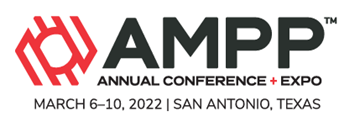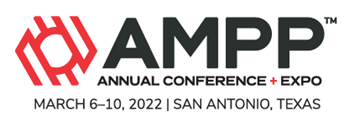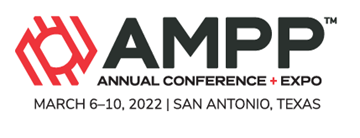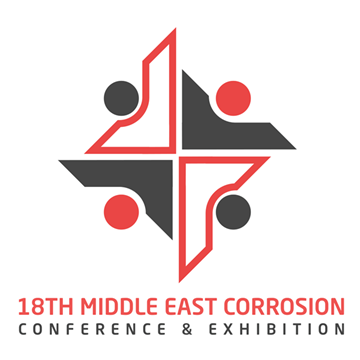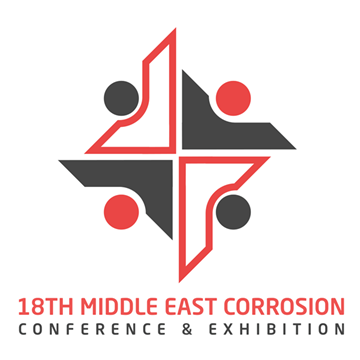Search
Products tagged with 'ssc'
View as
Sort by
Display
per page
A Test Procedure To Evaluate ERW/HFW Pipe Seam Susceptibility To Embrittlement
Product Number:
51323-19135-SG
Publication Date:
2023
$20.00
Development of High Strength grade and Cost Effective Super Martensitic Stainless Steel Solution for high CO2/H2S environment
Product Number:
51320-14715-SG
Publication Date:
2020
$20.00
Development Of The NACE “MR-01-75” And NACE “TM-01-77” Standards: Part I – Field Observations And Metallurgical Factors
Product Number:
51322-17525-SG
Publication Date:
2022
$20.00
Effect of H2S on the Corrosion and Cracking Behavior of Welded API 5L X65 Steel in Supercritical CO2
Product Number:
51321-16407-SG
Publication Date:
2021
$20.00
Effect Of H2S On The Performance Of Welded 13% Cr Steel In Supercritical CO2
Product Number:
51322-17886-SG
Publication Date:
2022
$20.00
Effect of Laser Marking on Corrosion Performance of Metallic Materials in Different Environments
Product Number:
51321-16495-SG
Publication Date:
2021
$20.00
Effect Of Nb Addition And Processing Path On The KISSC Of A Low Alloyed OCTG Steel
Product Number:
51321-16696-SG
Publication Date:
2021
$20.00
Effect of Pre-pits on Localized Corrosion and Sulfide Stress Cracking Resistance of Duplex Stainless Steel UNS S32205 in Upstream Production Environments
Product Number:
51324-21031-SG
Publication Date:
2024
$40.00
Environmentally-Assisted Cracking (SSC And SCC) Of Martensitic Stainless Steel OCTG Material In Sour Environment In 5%Nacl And 20%Nacl Solution
Product Number:
51322-17563-SG
Publication Date:
2022
$20.00
Failures with Duplex Stainless Steels (DSS) In Hydroprocessing REACs - Update on Latest API Survey
Product Number:
MECC23-20094-SG
Publication Date:
2023
$20.00
HFW Pipe Seam Screening Test For Susceptibility To Hydrogen Embrittlement
Product Number:
MECC23-20105-SG
Publication Date:
2023
$20.00
High-Pressure SSC Testing of TMCP Large-Diameter Pipeline Steel
Product Number:
51324-20855-SG
Publication Date:
2024
$40.00



